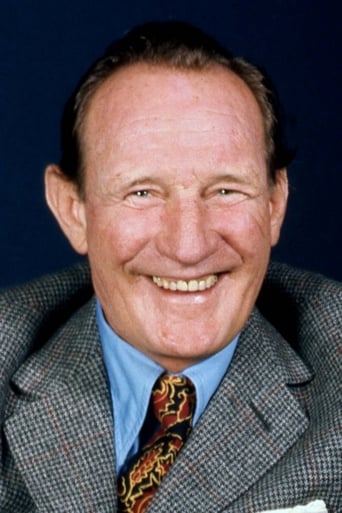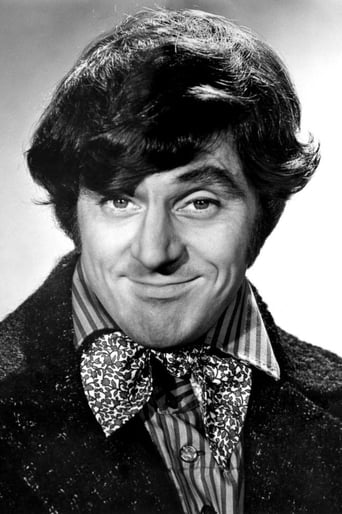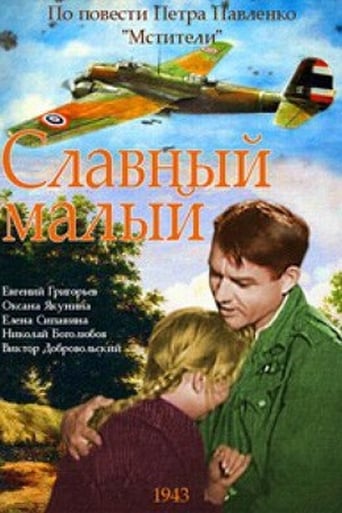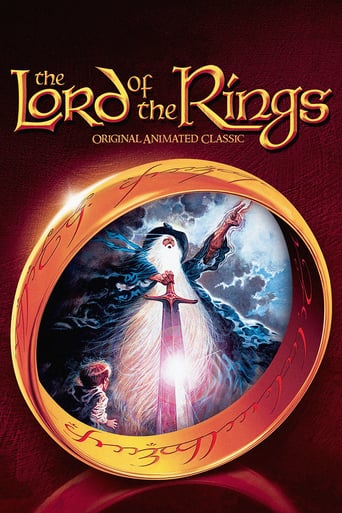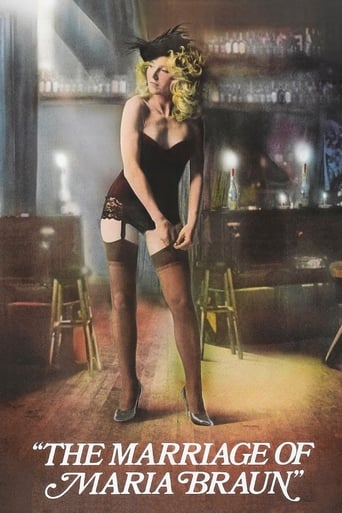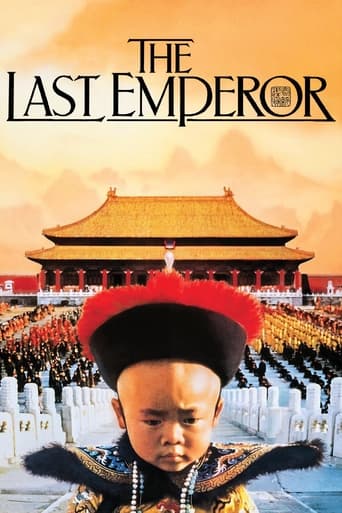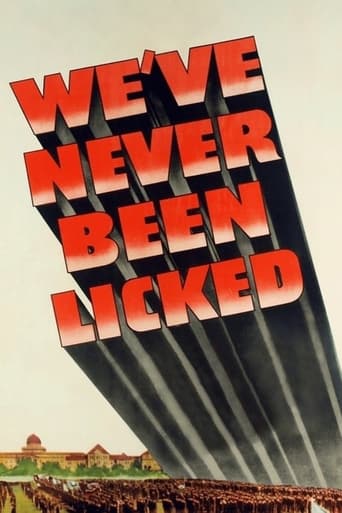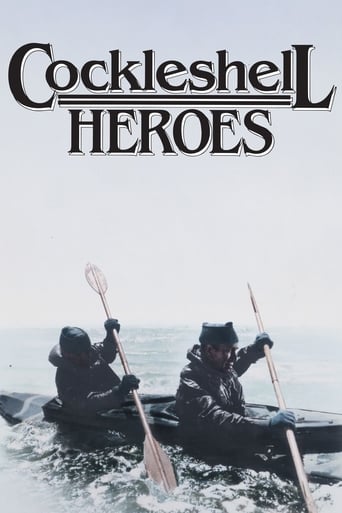
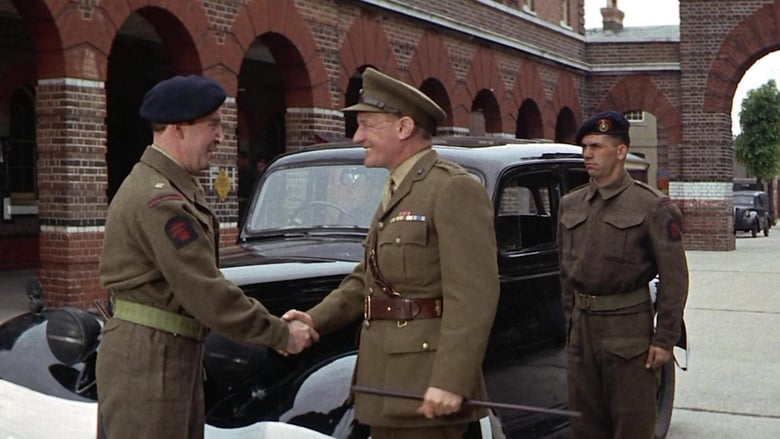
The Cockleshell Heroes (1955)
During WW2, German ships are "safely" docked upriver at Bordeaux, but the British send a team of kayakers to attack them.
Watch Trailer
Cast
Similar titles
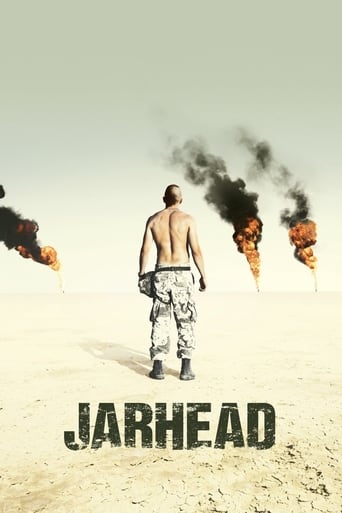
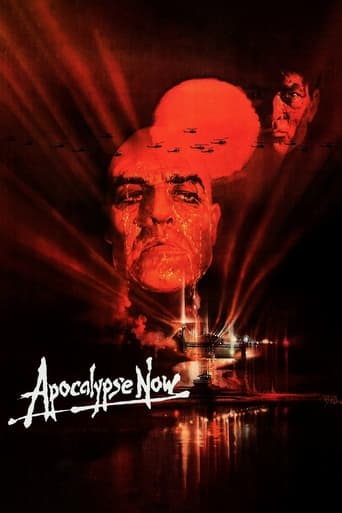
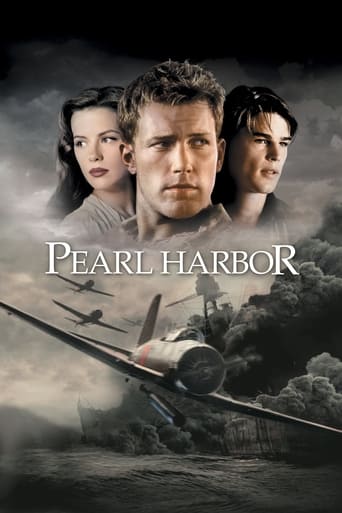
Reviews
Overrated and overhyped
hyped garbage
best movie i've ever seen.
There is, somehow, an interesting story here, as well as some good acting. There are also some good scenes
"The Cockleshell Heroes" is a film based on a real mission during World War II called Operation Frankton. The movie takes its name from the two-man collapsible canoes used in the operation. They were the Mark 2 Cockle canoes. Major Herbert "Blondie" Hasler was the commanding officer of the operation. He was a technical adviser to this movie, but disliked the title, which also was used for a book the next year. Hasler was unhappy with the film and walked away as technical adviser.I haven't read the 1956 book by Brigadier C.E. Lucas Phillips, but have read other references for the history of the operation. The movie does follow the actual operation closely. But one can't tell how many of the smaller details in the movie are accurate or fictitious. For instance, the test that the commander puts the men through to see how wily they are in being able to evade capture and in getting to a target. And the backgrounds of the commander and his second in command. And, the names of all the characters are fictitious.José Ferrer directs the film and stars as the commander, Major Stringer. His character is based on "Blondie" Hasler. Trevor Howard's character is Captain Thompson, based on Captain J.D. Stewart. In the movie, Thompson goes on the mission in place of a marine who is injured by a depth charge explosion that rocks their submarine. The real Captain Stewart did not go on the mission.The mission was carried out by a Royal Marines unit known as the Royal Marines Boom Patrol Detachment. It was part of a special department of the British War Office called Combined Operations. CO's purpose was to harass the Germans with raids and special missions. The RMBPD was set up on July 6, 1942, based at Southsea near Portsmouth. The unit trained at an abandoned fort location on Portsea Island off the Portsmouth Harbor. The movie has Stringer as a reserve officer whose idea the operation was, and who selected his men from volunteers. That's mostly fiction. Hasler was an active marine officer and the men used for the operation were assigned to the RMBPD before the plan was ever hatched.The port at Bordeaux, France, had been a major supply point for import goods to support the German war effort. From June 1941 to 1942, 25,000 tons of crude rubber had arrived through the port, and vegetable oils and other raw materials were brought into Europe for Germany. On September 21, Hasler submitted a plan for Operation Frankton. Using three canoes, he hoped to be able to sink six to 12 cargo ships tied up or anchored at Bordeaux, and then escape overland. The raid was approved on Oct. 13, 1942, but Admiral Lord Mountbatten who increased the number of canoes to six. Each would carry eight limpet mines to attach to ships.The operation took place from Dec. 7 to 12, 1942. One canoe was damaged getting it off the submarine and those two marines stayed on the sub. The remaining five canoes headed for shore. One capsized and the two men died of hypothermia. Another was separated from the rest and the two men were found ashore later and surrendered. Two more canoe teams were caught. Only two canoes made it to the port and attached their mines. Hasler and his teammate, Marine Bill Sparks, set their eight limpet mines on four cargo ships and a patrol boat. The other team set its eight mines on two ships. One ship was badly damaged in the explosions, and five others had holes blown in them. But those five were soon repaired and back in service.Hasler and Sparks were the only two to return of those who went on the mission. With the help of the French resistance, they escaped to Spain and made it to Gibraltar. The two other teams were betrayed by French gendarmes and turned over to the Germans. Along with the two men who had surrendered earlier, they were shot.The Nazis had issued two Commando Orders. The first in July 1942 ordered that all Allied parachutists captured were to be turned over to the Gestapo. The second was issued by Adolph Hitler himself in October 1942. It ordered Germans to kill any commandos or small groups of saboteurs encountered. In the case of the British units who were in uniform, those orders were in direct violation of the laws of war. Uniformed forces were to be treated as POWs. At the Nuremberg trials after the end of the war, German officers who carried out those orders from their high command were found guilty of war crimes.This is a very good movie about a real event that took place during World War II.
Hitler's "Kommando Behfel" was issued in retaliation for some jolly unsporting raids by hand - picked British soldiers into German - occupied Europe.Under its terms any combatants captured away from conflict zones and deemed by their captors to be "gangsters" would be summarily executed. Some of the elite Royal Marine Unit tasked with destroying ships in Bordeaux harbour were to be victims of this Order - a blatant contravention of the Rules of Warfare.By shooting enemy prisoners in uniform the Germans put themselves beyond the pale - not for the first or last time in the second world war. Of the ten who set out on the sixty - odd mile journey up - river,only two of the "Cockleshell Heroes" survived. The raid was aimed to strike a blow at the German supply ships loaded with priceless war materiel like rubber which they had been bringing in from Malaya.It was considered too dangerous to bomb the harbour both for the aircrews and the civilian population,so a plan was conceived involving 18 ft long 2 man canoes which were to attach limpet mines to the hulls of ships in the harbour and then slip away under cover of darkness. By a process of attrition only two crews actually completed the mission. The movie Mr J.Ferrer made of this heroic story is typical of its era. Chirpy working - class O.R.s and iron - jawed officers being forged into efficient fighting units with the odd pause to reflect,patronisingly,on the fighting and fornicating of the former and the philosophising of the latter. Mr T.Howard is fine as the officer who dies with the wry quip on his lips in fine defiance of his Nazi murderers.Chirpy cockney Mr A.Newley irritates as a chirpy cockney.Mr Ferrer himself - often overlooked when fine actors of the 1950s are considered - is excellent as the O.I.C. A lady called Yana who was much - seen on English TV at the time spends a lot of screen time singing a not terribly relevant song. One officer and one Marine actually survived the raid and spent 18 months on the run before finding their way back to Blighty. After the war,a number of German Officers who had executed Hitler's Commando Order were hanged at Nuremberg.Justice or vengeance?By the standards of the day you have to say justice.
The Fifties were Jose Ferrer's peak years as an actor and he was getting acclaim for all kinds of roles he was trying out. Ferrer has never been thought of as an action hero, but in a film in which he directed himself The Cockleshell Heroes, Ferrer is outstanding in a part that someone like Clint Eastwood would have been more identified with.This was one impossible mission given to the Royal Marines. I'm sure rowing crew at Oxford would have gotten one a starring birth on this squad. The idea here is to demolish German ships in the port of Bordeaux and render the harbor useless. The problem is that Bordeaux ain't on the coast, it's up the Gironde River.In an amphibious operation the idea is for a picked bunch of Royal Marines to row kayak like canoes up the river after having been landed by submarine at the coast under cover of darkness. The canoes are there to insure silence so that no unaccounted for motors are heard on the river. Then the Marines are to attach mines to the various ships and hopefully they will blow up and the Marines would escape inland with the help of the French Resistance.Sounds absolutely impossible, but it really did happen. The film takes us through the training and the mission and most of the Marines are killed. This was typical back in the day, get a known American star for a British production to insure international distribution. In Ferrer's case having one of the great speaking voices ever in film, he could be acceptably British for the audience.Ferrer the director got some great performances out of Ferrer the actor and the rest of his cast, particularly Trevor Howard as his second in command and administrative officer. Howard was the best in the cast, a tough man with a deep secret, he failed under fire just as World War I was ending and has a black mark on him. He gets a second chance 25 years later in another war. Also to be noted is David Lodge the young Royal Marine who goes AWOL to settle some trouble back home with an unfaithful wife in Beatrice Campbell.The film bears some resemblance to The Dirty Dozen and The Devil's Brigade, American productions from the next decade. But these Royal Marines weren't misfits made into a fighting force. They were some of the best of that generation who went on a mission impossible knowing that they most likely would not come back. And it's to them and the rest of the Royal Marines that this American dedicates this review to.
Twelve Royal Marines in December, 1942, were deposited by sub with their six kayaks at the mouth of the Gironde estuary. Their mission was to paddle in the middle of winter for three days, upriver at night and laying low during the day, until they reached the docks of Bordeaux. There, they would attach limpet mines to German shipping, blow up or damage as many ships as possible, then escape overland and eventually return to Britain. Any volunteers? (And read no further if you don't like conclusions.) Of the six two-man teams, only two Marines made it back. One kayak was damaged getting it in the water and these two men remained on the sub. One kayak capsized and the two men drowned. One kayak became separated and the two men were captured and immediately shot by the Germans. Another kayak became separated and then capsized. The two men were betrayed by the French, captured by the Germans and later shot. Two kayaks made it. The four men attached their mines and damaged several ships. The four men got to shore safely. Later, two were betrayed by the French and later shot by the Germans with their two comrades who had been captured earlier. Two men eventually made it back home. Did their raid make any difference to WWII? None whatsoever. Cockleshell Heroes is based on this real story. It has its flaws, but, once we get to the ten men leaving the sub it builds excitement and tension. But it also underlines the extent to which brave and resourceful men and women in time of war can be called upon to undertake harebrained risks with little payoff, thought up or approved by enthusiastic senior commanders and their civilian bosses. In this case, we can thank our stars that the military direction of WWII was in the hands of men like Alan Brooke and George Marshall and not Louis Mountbatten, who is supposed to have thought the idea was splendid and gallant. Jose Ferrer, who also directed, stars as Major Stringer. The raid is his idea. He wants to build his two-man teams from men he can motivate and train unconventionally. He is a believer in trust. His second in command, Captain Thompson, played by Trevor Howard, is old-school. He's just as sure that discipline and pride must come first. Guess who's right. The movie's great flaw is the standard portrayal of the men as tough but rambunctious lower-class lads who need the firm but understanding leadership of their upper-class officers. Ferrer does a fine job as the smart, dedicated officer who gets off on the wrong foot with the men, but who proves himself just as brave and resourceful as they are. Trevor Howard, however, is the key to the movie...a soldier of the old school, a skeptical man and a professional soldier to his fingertips. "Keep the line straight, boys," are his last, laconic words, and they pack an emotional wallop.
